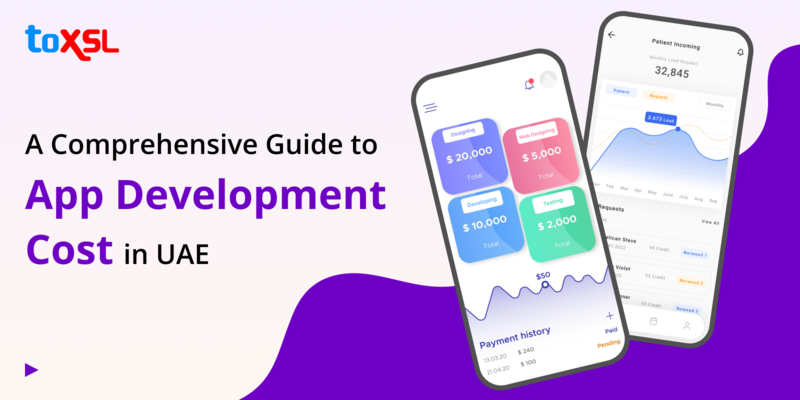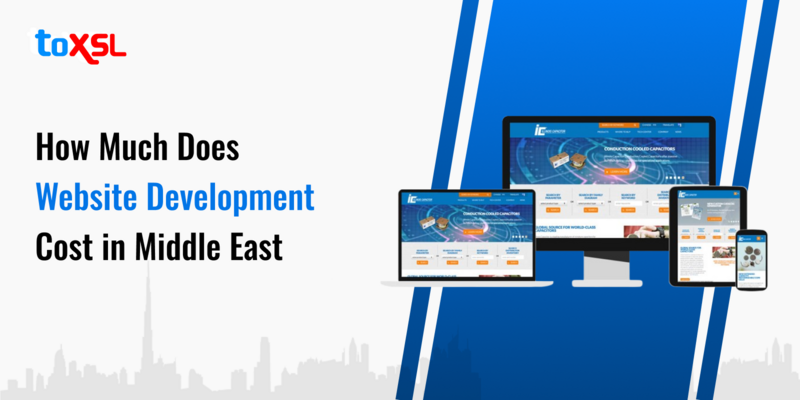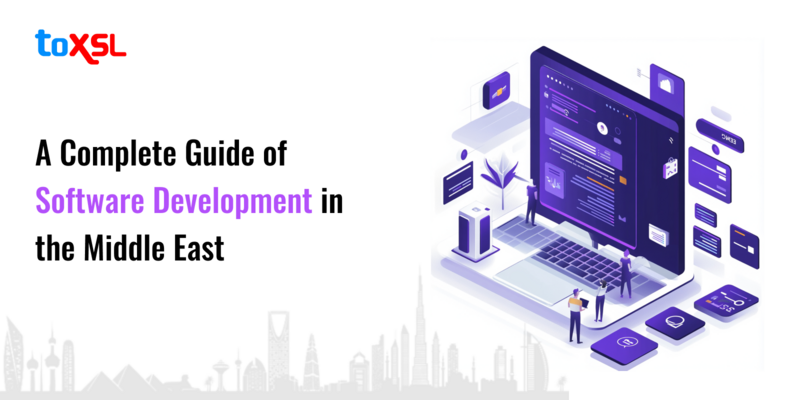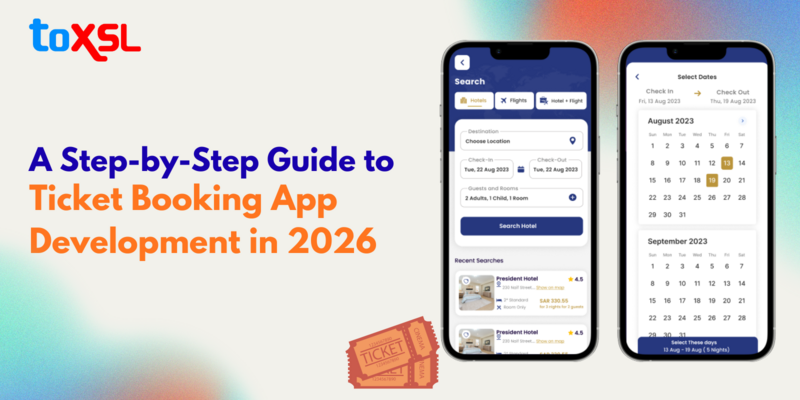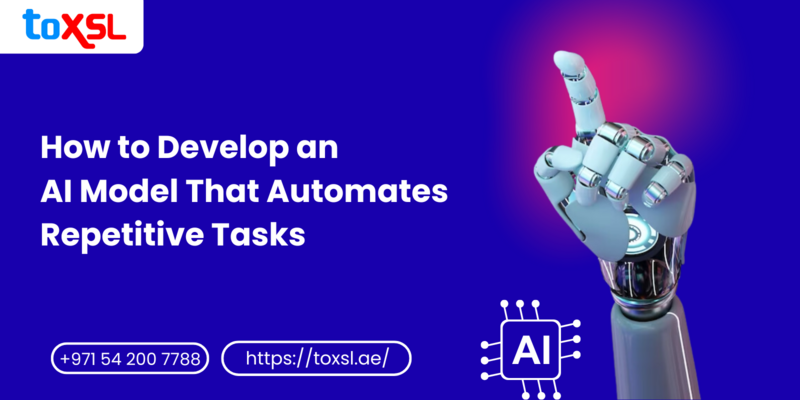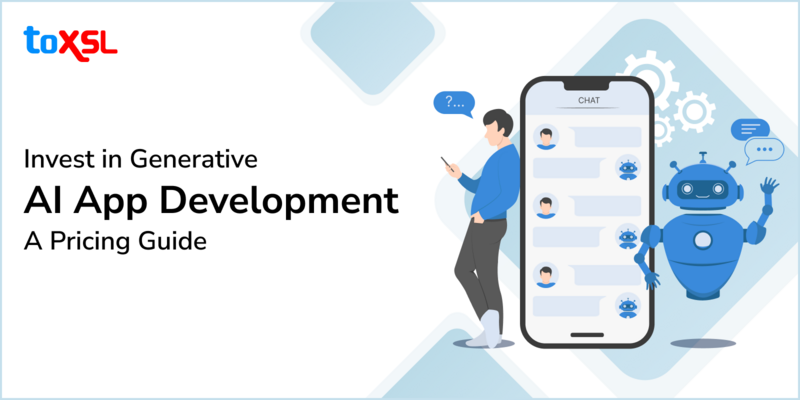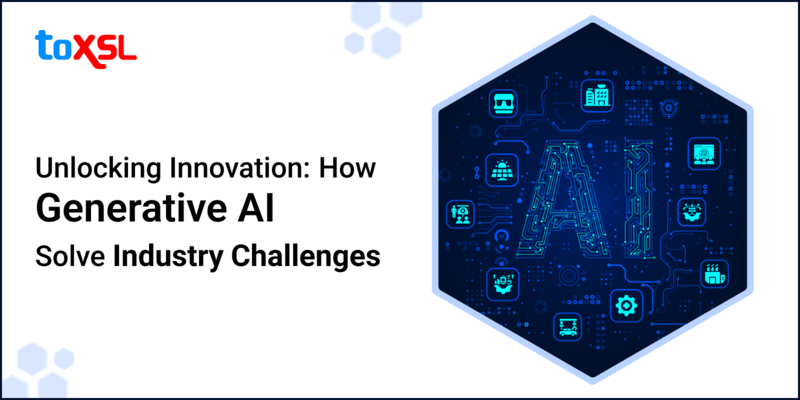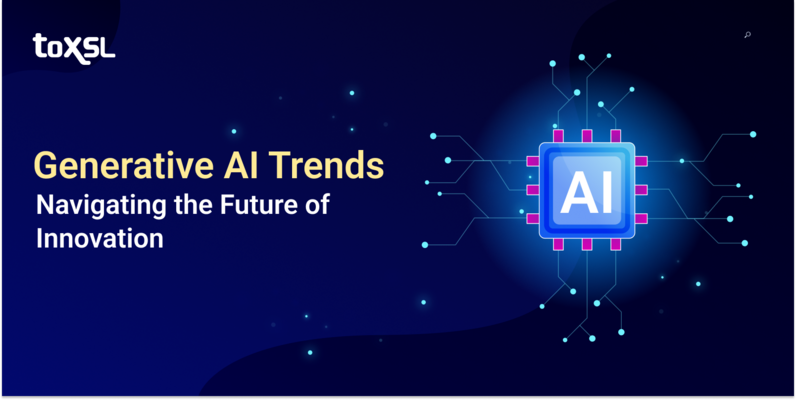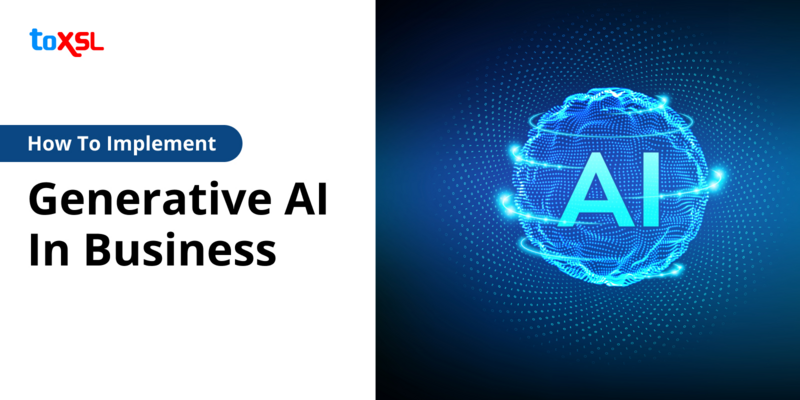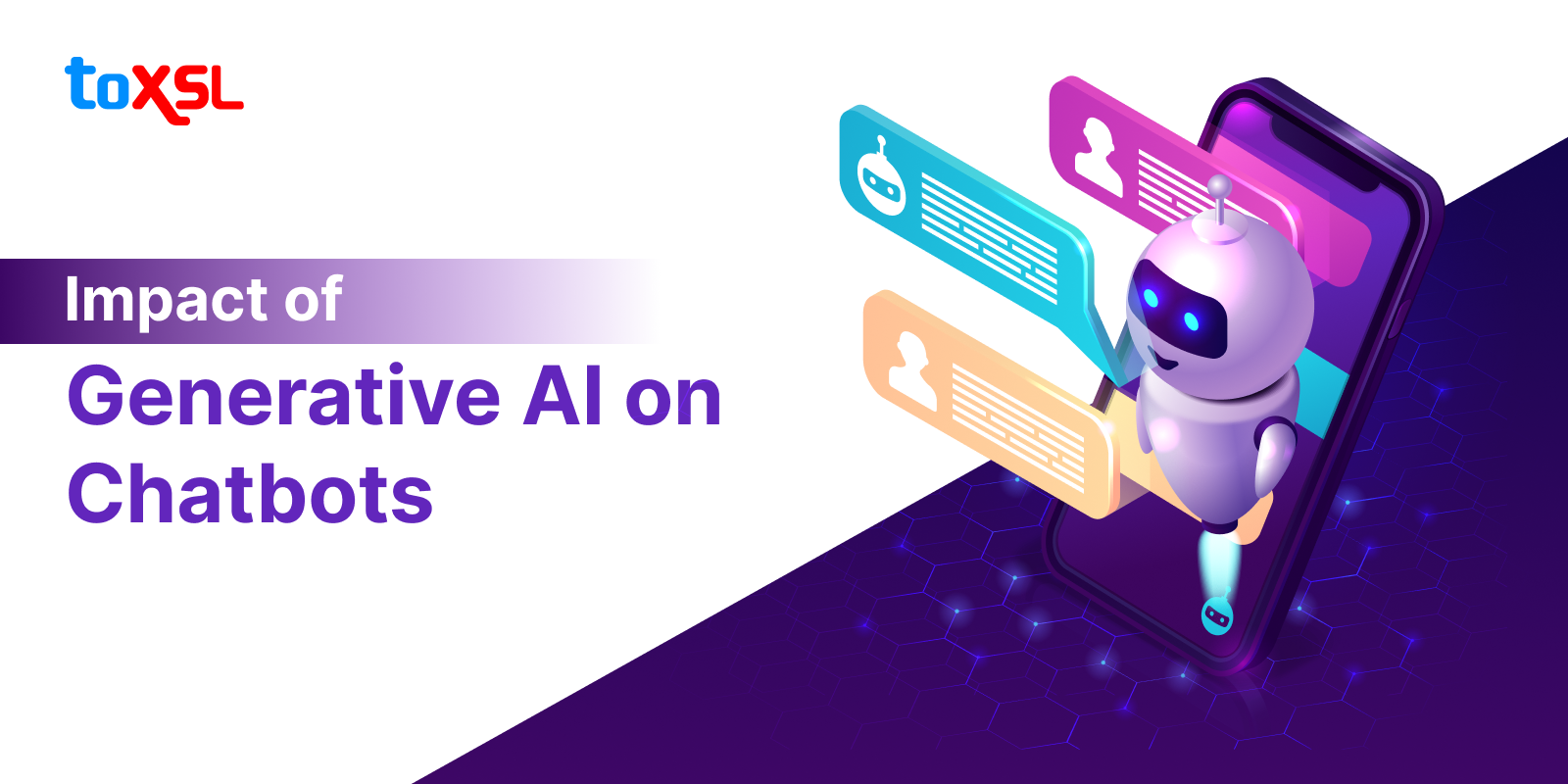
In the rapidly evolving landscape of digital technology, artificial intelligence (AI) continues to push the boundaries of what's possible in customer service and engagement. Among the most significant advancements in recent years is the integration of generative AI into chatbot systems. This fusion has dramatically transformed the capabilities and effectiveness of chatbots, ushering in a new era of intelligent, dynamic, and highly personalized customer interactions.
Generative AI, powered by large language models and deep learning algorithms, has elevated chatbots from simple rule-based systems to sophisticated conversational agents capable of understanding context, generating human-like responses, and even exhibiting creativity. This blog post delves into the profound impact of generative AI on chatbots, exploring how this technology is reshaping customer service, enhancing user experiences, and revolutionizing the way businesses interact with their customers.
Key Takeaways:
- Generative AI transforms chatbots from rule-based systems to intelligent, context-aware conversational agents.
- Key capabilities include natural language understanding, personalization, dynamic content creation, and 24/7 availability.
- Future advancements will focus on hyper-personalization, multimodal interactions, and enhanced emotional intelligence.
Evolution of Chatbots: From Rule-Based to AI-Powered
To appreciate the impact of generative AI, it's crucial to understand the evolution of chatbots.
Rule-Based Chatbots:
The first generation of chatbots operated on predefined rules and decision trees. These bots could handle simple queries but struggled with complex or nuanced conversations. Their responses were limited to pre-programmed scripts, often leading to frustrating user experiences when faced with unexpected inputs.
AI-Enhanced Chatbots:
The next evolution introduced machine learning algorithms, enabling chatbots to learn from data and improve their responses over time. These bots could handle more diverse queries but still lacked a true understanding of context and nuance.
Generative AI Chatbots:
The latest generation, powered by generative AI, represents a quantum leap in capabilities. These chatbots can understand context, generate human-like responses, and engage in more natural, flowing conversations. They can comprehend and respond to a vast array of queries, even those they weren't explicitly programmed to handle.
Unlocking the Power of Generative AI Chatbots: Key Capabilities Explained
Generative AI chatbots are revolutionizing how we interact with technology, offering more than just automated responses. These sophisticated tools use advanced algorithms to generate human-like conversations, making them incredibly versatile and powerful in various applications. But what exactly makes generative AI chatbots stand out? Let’s dive into the key capabilities that define their impact and potential.
Natural Language Understanding and Generation:
At the core of generative AI chatbots is their ability to understand and generate natural language. Unlike traditional chatbots that rely on pre-programmed responses, generative AI chatbots can comprehend context and nuances in human language. This means they can handle complex queries, understand idiomatic expressions, and provide responses that feel more conversational and less mechanical.
Contextual Awareness:
Generative AI chatbots are designed to maintain context throughout a conversation. They can remember previous interactions, track ongoing discussions, and adapt their responses based on the flow of the conversation. This contextual awareness allows them to provide more relevant and coherent answers, improving the overall user experience.
Personalization:
One of the standout features of generative AI chatbots is their ability to personalize interactions. By analyzing user data and preferences, these chatbots can tailor their responses to individual users. This personalization extends to recommending products, offering customized solutions, or even adjusting their tone and style to match the user’s communication preferences.
Dynamic Content Creation:
Generative AI chatbots can create dynamic content on the fly. Whether it’s generating blog posts, crafting social media updates, or producing marketing copy, these chatbots can assist in content creation by offering relevant suggestions and generating high-quality text. This capability is particularly valuable for businesses looking to streamline content production and maintain consistency across various channels.
Learning and Adaptation:
Generative AI chatbots continuously improve through machine learning. They can analyze interactions, learn from feedback, and adapt their responses to enhance their performance over time. This iterative learning process means that the more they interact with users, the better they become at understanding and meeting their needs.
Multilingual Capabilities:
Global businesses and users benefit from generative AI chatbots' multilingual capabilities. These chatbots can understand and communicate in multiple languages, making them invaluable for providing support and engaging with diverse audiences. Their ability to switch between languages seamlessly enhances their utility in international settings.
Emotional Intelligence:
Advanced generative AI chatbots are increasingly equipped with emotional intelligence. They can recognize and respond to emotional cues, offering empathetic responses and providing support in a manner that resonates with users on a personal level. This emotional awareness helps in building stronger connections and improving user satisfaction.
24/7 Availability:
Generative AI chatbots offer the advantage of being available around the clock. Unlike human agents, these chatbots can handle inquiries and provide assistance at any time, ensuring that users receive support whenever they need it. This continuous availability is crucial for businesses operating in different time zones or those with high customer service demands.
Scalability:
The scalability of generative AI chatbots is another significant advantage. They can handle a large volume of interactions simultaneously, which is particularly beneficial for businesses experiencing rapid growth or managing high traffic periods. This scalability ensures that user queries are addressed promptly and efficiently without compromising quality.
Integration with Other Systems:
Generative AI chatbots can integrate with various systems and platforms, enhancing their functionality. Whether it’s connecting with CRM systems, accessing databases, or interfacing with third-party applications, these chatbots can streamline processes and provide more comprehensive support by leveraging integrated resources.
Future Prediction of Chatbots with Generative AI
As we stand on the cusp of a new era in artificial intelligence, the fusion of Generative AI with chatbot technology promises to revolutionize how we interact with machines and access information. The rapid advancements in natural language processing, machine learning, and neural networks are paving the way for chatbots that are not just responsive but truly intelligent and creative.
Hyper-Personalization and Contextual Awareness:
Chatbots will offer unprecedented levels of personalization, tailoring their responses not just to individual preferences but to real-time contexts and emotional states. In the coming years, we can expect chatbots to leverage vast amounts of data to create highly detailed user profiles. These profiles will go beyond basic preferences to include behavioral patterns, emotional tendencies, and even subtle linguistic nuances. The result will be interactions that feel incredibly personalized and contextually appropriate. For instance, a chatbot might adjust its language style based on the user's mood, detected through sentiment analysis of their text or voice. It could also factor in external data like time of day, location, or recent events to provide more relevant and timely responses.
Multimodal Interaction and Sensory Integration:
Chatbots will evolve beyond text and voice to incorporate multiple sensory inputs and outputs, creating more immersive and natural interactions. The chatbots of the future will likely integrate visual processing, allowing them to analyze images and videos shared by users. They might also incorporate augmented reality (AR) elements, projecting information or visual aids into the user's environment. We may see chatbots that can interpret and respond to facial expressions and body language through camera inputs, adding another layer of nuance to their understanding of user intent and emotion.
Proactive and Predictive Assistance:
Rather than waiting for user queries, future chatbots will anticipate needs and offer assistance proactively. By analyzing patterns in user behavior and external data sources, chatbots will be able to predict user needs before they're explicitly expressed. This could manifest in various ways:
- A chatbot might remind you to buy a gift for an upcoming anniversary based on what it has inferred from your calendar and past behavior.
- It could alert you to potential issues with your car based on your driving patterns and vehicle sensor data.
- In a business context, it might proactively suggest process improvements based on analyzed workflow data.
Enhanced Creativity and Problem-Solving:
Generative AI will enable chatbots to engage in creative thinking and complex problem-solving, moving beyond simple information retrieval. Future chatbots will not just provide information but will also be able to synthesize new ideas and solutions. They might:
- Generate original content like marketing copy or product descriptions based on given parameters.
- Offer innovative solutions to business challenges by combining insights from various sources.
- Engage in brainstorming sessions, providing creative input, and helping to develop ideas further.
Emotional Intelligence and Empathy:
Chatbots will develop sophisticated emotional intelligence, allowing for more empathetic and nuanced interactions.
As natural language understanding becomes more advanced, chatbots will better recognize and respond to emotional cues in text and speech. They'll be able to:
- Offer emotional support and counseling, potentially serving as mental health first responders.
- Adjust their communication style based on the user's emotional state, showing appropriate levels of empathy and sensitivity.
- Mediate conflicts by understanding different emotional perspectives and suggesting compromises.
Conclusion:
The impact of Generative AI on chatbots has been nothing short of revolutionary. These advanced capabilities have transformed chatbots from simple automated response systems into sophisticated, intelligent agents capable of handling complex queries, understanding context and emotion, and providing personalized, efficient service at scale.
As Generative AI continues to evolve, we can expect these capabilities to become even more advanced. Future chatbots may possess even greater emotional intelligence, more seamless integration with various technologies, and perhaps even the ability to engage in creative problem-solving alongside humans.
So, if you are looking to enhance your business, look no further than ToXSL Technologies. Our team of expert AI developers has helped numerous businesses grow in their respective fields of work. Contact us to learn more.
1. How does generative AI enhance the capabilities of chatbots?
Generative AI enhances chatbots by enabling them to understand context, learn from interactions, and generate human-like responses. This advancement allows chatbots to engage in more natural conversations and provide contextually relevant answers, vastly improving user experience compared to traditional rule-based systems.
2. What are the key benefits of using generative AI in customer support chatbots?
The key benefits include:
• Improved Customer Experience: Generative AI chatbots offer instant, personalized support, which enhances customer satisfaction and loyalty.
• Handling Complex Queries: They can manage nuanced questions effectively, providing accurate responses that traditional bots may struggle with.
• 24/7 Availability: These chatbots can operate around the clock, ensuring that customer inquiries are addressed promptly at any time.
3. Can generative AI chatbots learn from user interactions?
Yes, generative AI chatbots can learn from user interactions. They analyze past conversations to improve their responses over time, allowing them to adapt to individual user preferences and provide increasingly relevant and personalized support.
4. What limitations do generative AI chatbots face?
Despite their advancements, generative AI chatbots have limitations, such as:
• Task Specificity: They may still be focused on specific tasks or industries and lack the versatility of broader generative AI models.
• Contextual Misunderstandings: While they handle many queries well, they can still misinterpret complex or ambiguous requests without sufficient context.

